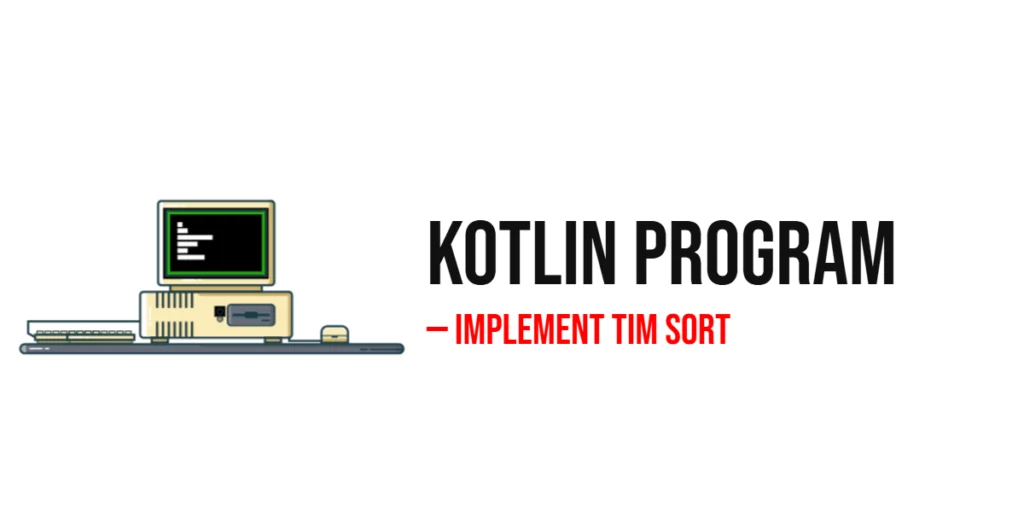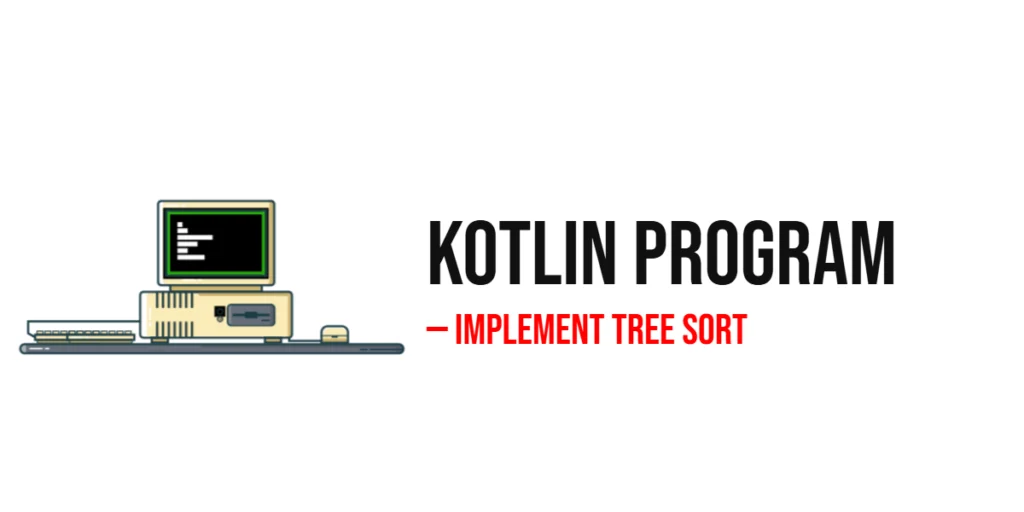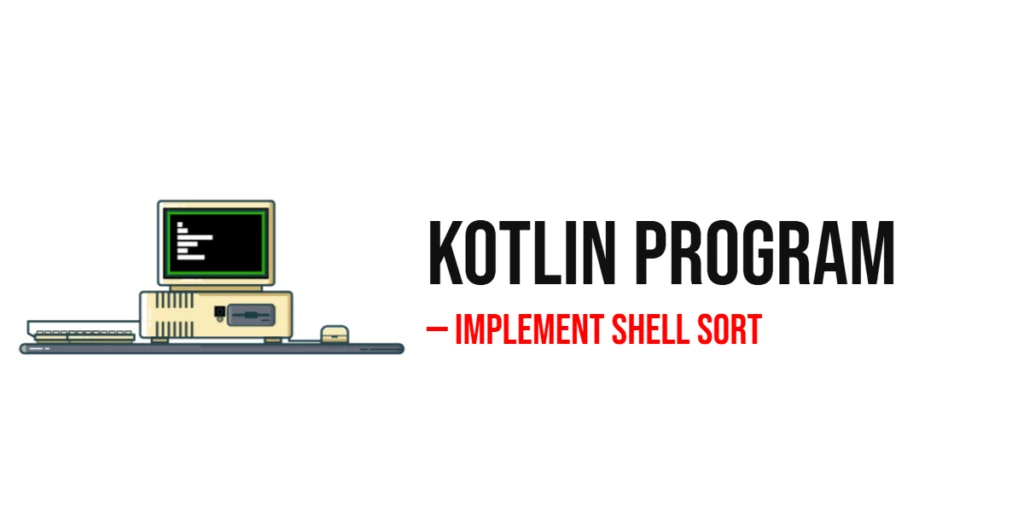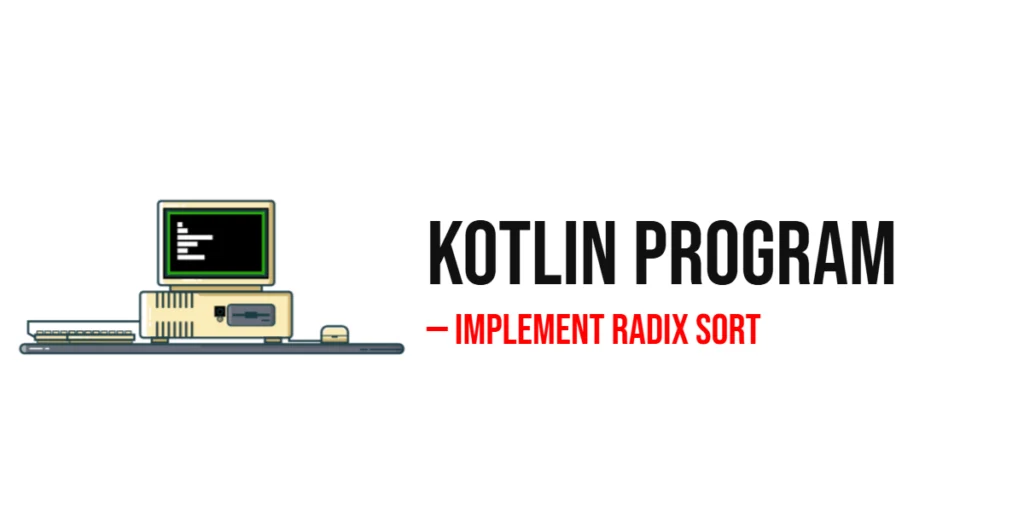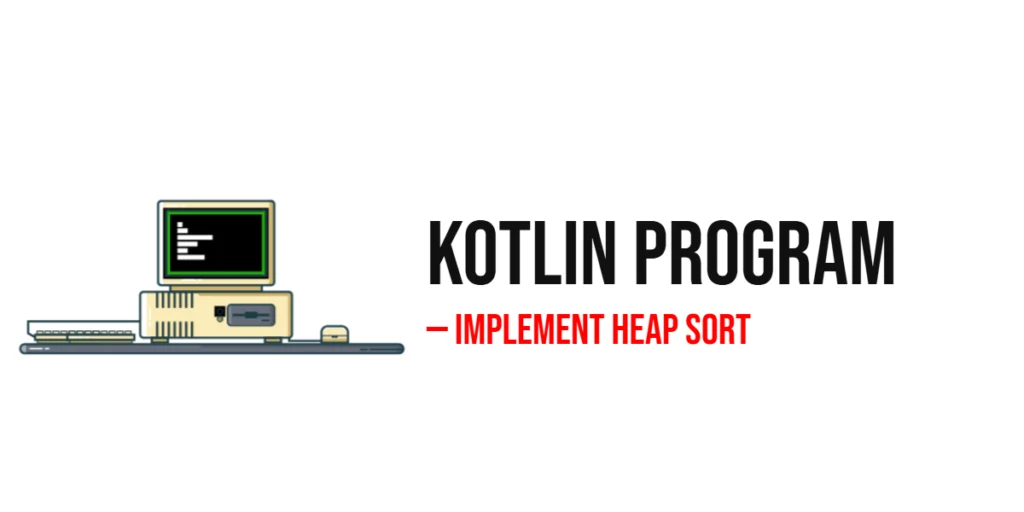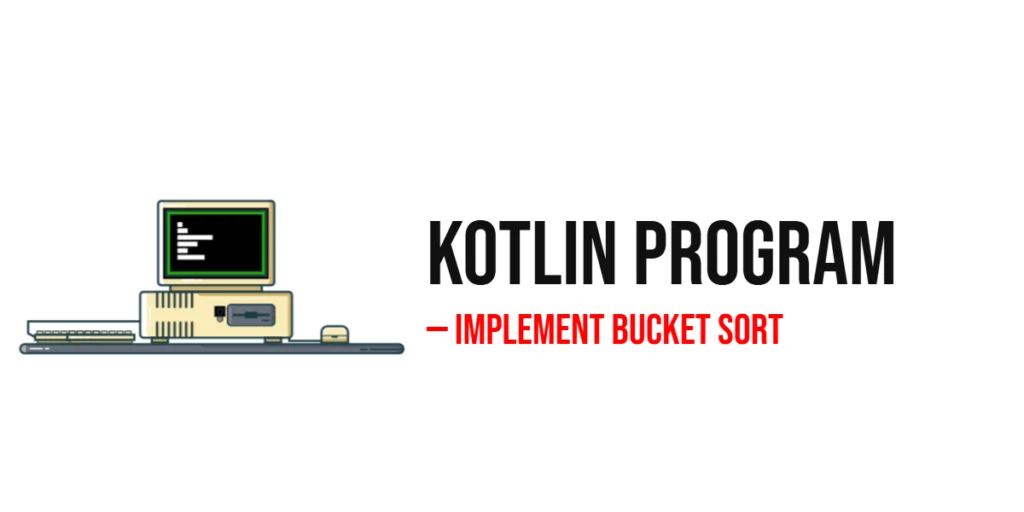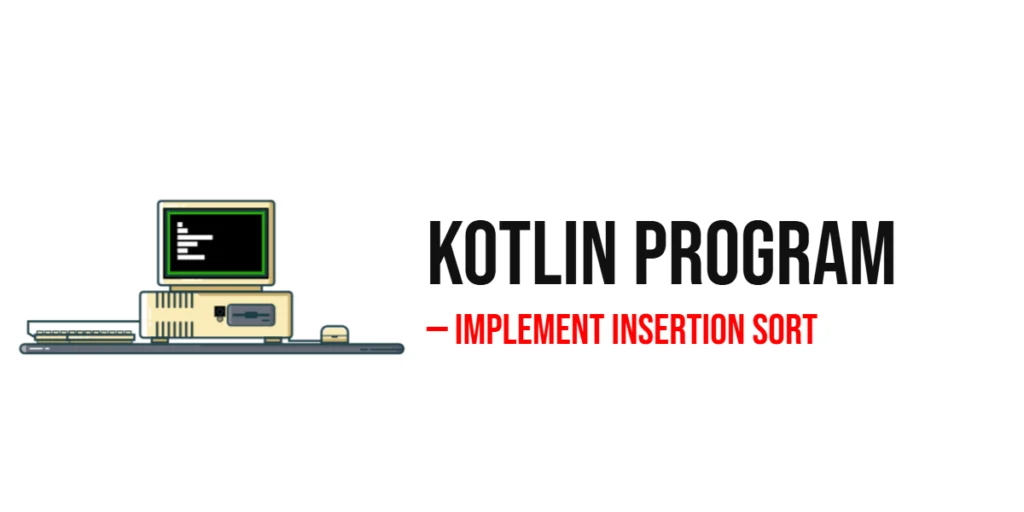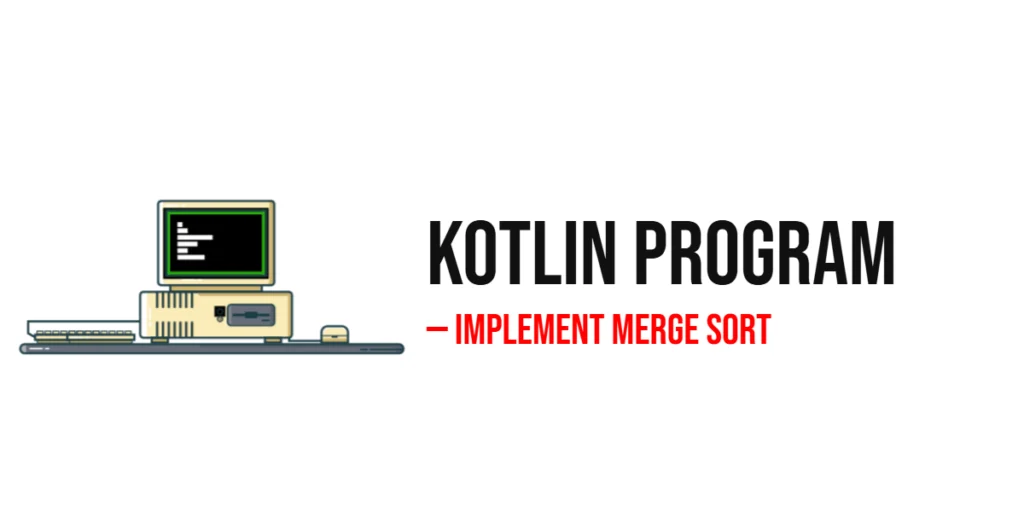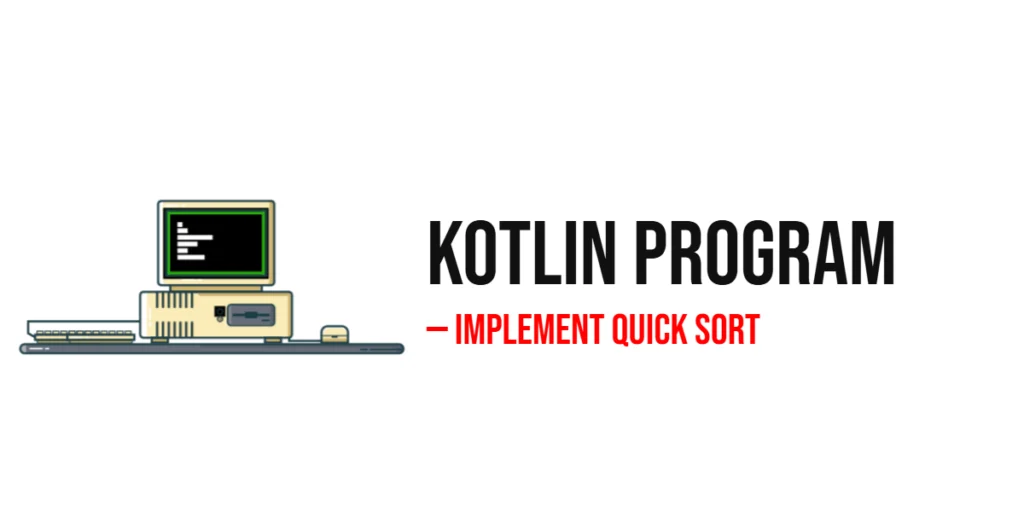Kotlin Program to Implement Tim Sort
Sorting is one of the most common tasks in programming. From arranging student scores to organizing product prices, sorting algorithms help us make sense of data efficiently. Among the various sorting algorithms available, Tim Sort stands out because it combines the strengths of Merge Sort and Insertion Sort, making it very efficient for real-world data […]
Kotlin Program to Implement Tim Sort Read More »
